Top 7 Most Beautiful Historical Sites in Palau
Palau is a Pacific island nation in the western Pacific Ocean. On the Kyushu-Palau Ridge, it is made up of 340 coral and volcanic islands. The Palau (also ... read more...spelled Belau or Pelew) archipelago is located in the southwest corner of Micronesia, with Guam 830 miles (1,330 kilometers) to the northeast, New Guinea 400 miles (650 kilometers) to the south, and the Philippines 550 miles (890 kilometers) to the west. The archipelago is encircled by a massive barrier reef system that is continuous on the west and broken on the east. Palau is a beautiful island nation with a rich culture and natural landscape that has produced many stunning historical sites that many tourists visit throughout the years. Here are the most beautiful historical sites in Palau with indigenous cultural colors and meaningful back stories.
-
The Koror-Babeldaob Bridge (KB Bridge) in Palau. It connects the country's two main islands: Koror Island, which is home to the old national capital (also known as Koror), and Babeldaob Island, the archipelago's largest island, which has the airstrip, power station, and other key facilities. This is one of the most beautiful historical sites in Palau , and it is a must-see for visitors.
The first KB Bridge was constructed in 1977. A terrible accident occurred in September of 1996. The bridge suddenly collapsed, killing several people. The bridge brought electricity and water lines from Babeldaob to Koror, in addition to being the major mode of transportation between the two islands. The collapse seriously interrupted the infrastructure of Koror, which is home to 70 percent of Palau's population, and had a significant impact on people's everyday life and its principal economy, tourism.
Palau's government constructed a floating bridge as a temporary substitute while also asking Japan to assist in the construction of a new bridge. Japan reacted by giving grant funding for the project, which began in November 1999 and is still ongoing. Six years later, in 2002, the rebuilt bridge was completed. The Palau people dubbed it the Japan-Palau Friendship Bridge, and a plaque bearing the name was erected at each end.
Location: Babeldaob Island
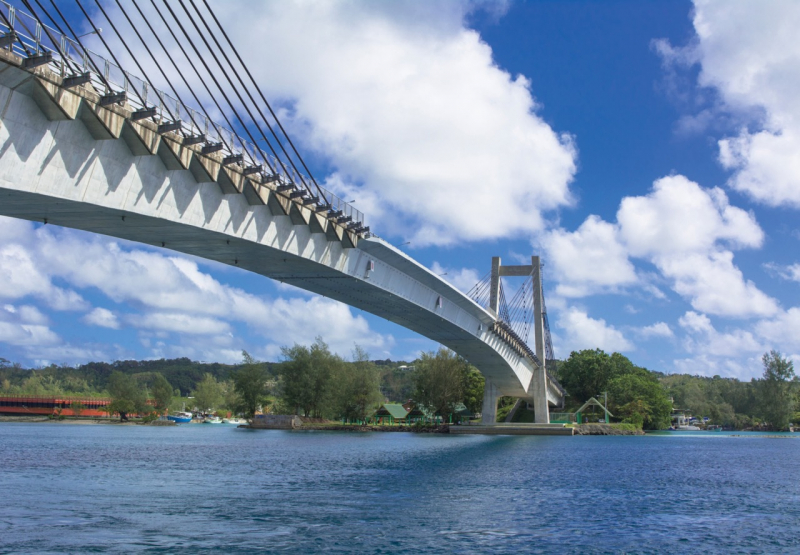
Source: www.japan.go.jp 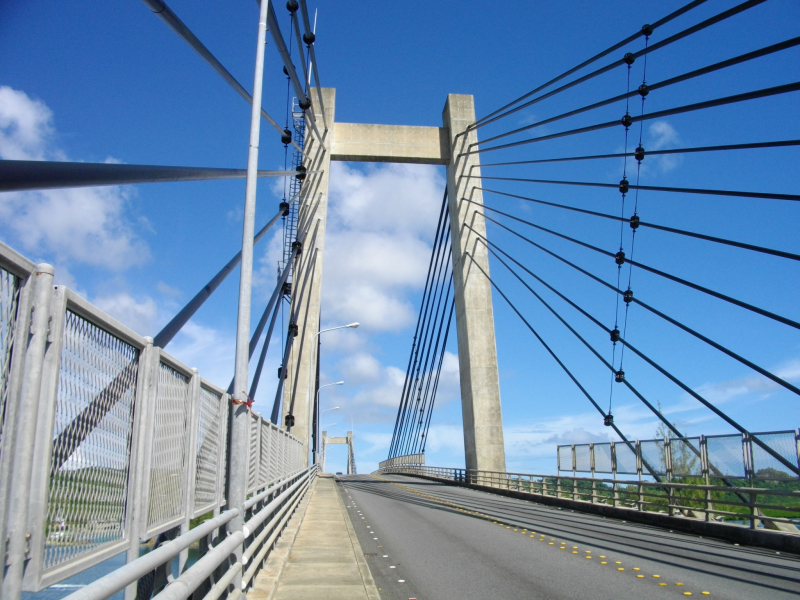
Source: https://commons.wikimedia.org/wiki/File:Japan-Palau_Friendship_Bridge_4.JPG -
Palau's oldest bai also named Airai Bai (men's meeting house) is over 100 years old, measuring 21 meters long and 6 meters wide with a steeply pitched roof reaching a height of 12 meters. It is one of the most beautiful historical sites in Palau. It was constructed on a stone foundation using local resources such as wood and thatch. A variety of classic scenes and significant themes are painted both inside and out. Look for the famous money bird delerrok, which is thought to bring good luck to the hamlet and can be found in all four corners of the bai.
In the village of Airai, the bai is the focal point of civic and religious life. Women require special permission to enter the building, which is used by the village's ten chiefs who play key roles in the government. Each chief represents his or her clan and has his or her own seat in the meetinghouse. Airai Bai is located in the village of Airai, in a clearing. It is not well-marked; get instructions from locals. The bai's keeper is likely to arrive out of nowhere and demand the admittance fee.
The meetinghouse also serves as a repository for local folklore and myths. The beams are painted with symbols like the rooster, money bird, spider, and bats. This is a section of a story that tells about the village and the spirit world. There are lamps that hang from the beams for lighting and in the center there is a wooden beam known as the Ngchongch which is a path for the gods so that they can join the meetings.
Location: Babeldaob, Palau
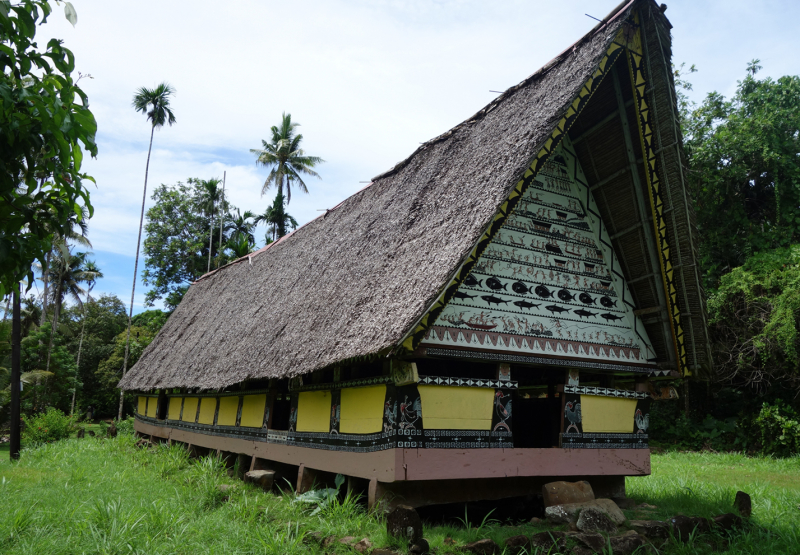
Source: intltravelnews.com 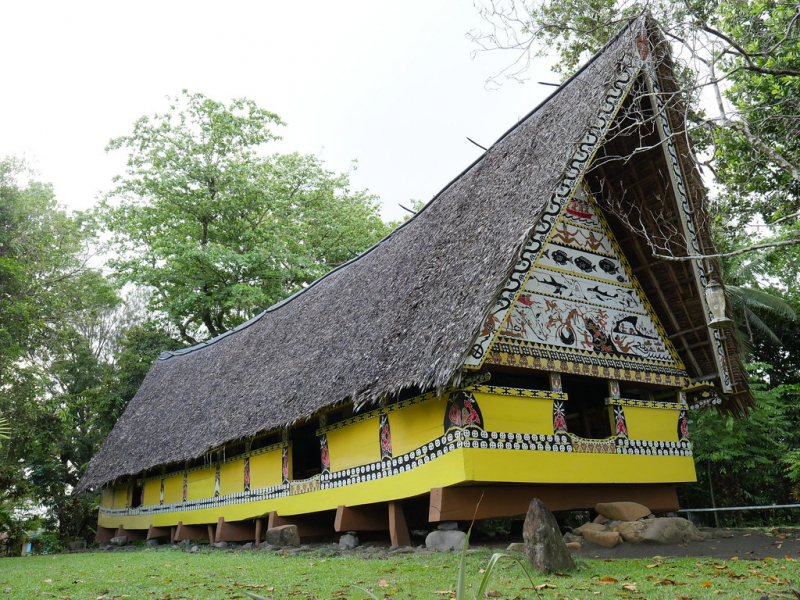
Source: gobystolsvik.com -
On the list of most beautiful historical sites in Palau, the Airai War Canoe is ranked third. The Kabekl, also known as the War Canoe, was a significant type of ocean watercraft in the Pacific region that stood out from the rest by being low in the water in proportion to the length of the boat and the size of the sail.
Nonetheless, Palauan sailors and paddlers kept exceptional talents in manipulating and maneuvering their canoes. The Airai war canoe was made in the 1990s by some of Airai's elders and some of the village's younger men who were interested in the village's man's organization. The tools used to carve the canoe were adze tools, which are fairly prevalent in every village who are constructing the canoes.
The war canoe’s length is base of the certain trunk of the tree and its quality, better yet, the longer the better, they’re usually 40 feet in length or more and 2 feet deep, to accommodate 40 people, and if you noticed the rope made of coconut husk is being used to hold all parts of the war canoe together as a replacement for nails.
Location: Babeldaob, Palau
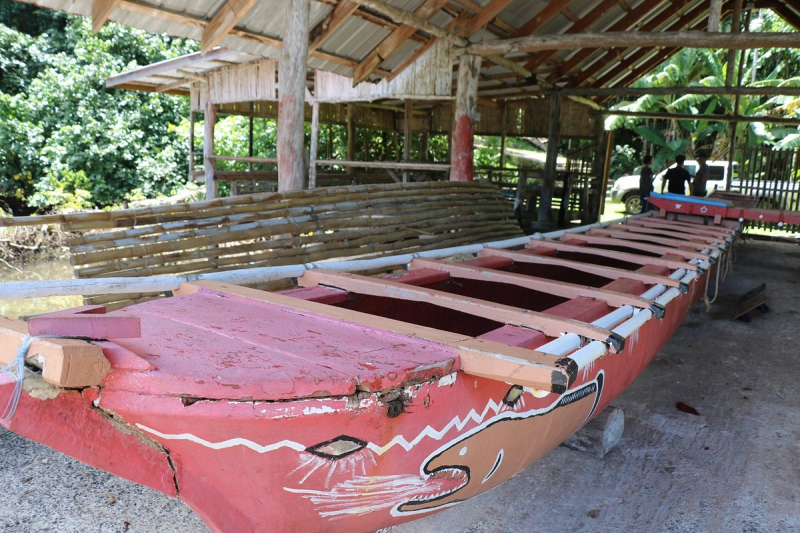
Source: www.tripadvisor.com 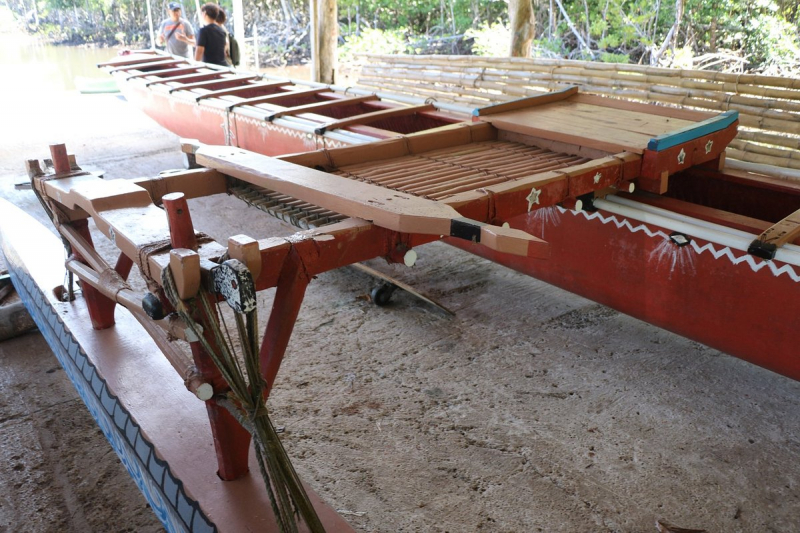
Source: www.tripadvisor.com -
This Etpison Museum magnificent museum east of Koror city center showcases Palau's (and Micronesia's) history and culture. The excellent collection of storyboards (carvings illustrating Palau's traditional myths and legends) created by local master carvers is a highlight. Background material on ancient rock art, archaeology, traditional navigation, and architecture is also included. Upstairs is a well-stocked gift shop.
Former President Ngiratkel Etpison provided the site for the museum's development. The museum first opened its doors in August of 1999. It was renovated in 2014, and extra exhibits were added. Shallum and Mandy Etpison designed the three-story museum building. The museum's main floor covers an area of 279 square meters (3,000 sq ft).
There is a gift store at the museum. This magnificent museum east of Koror city center showcases Palau's (and Micronesia's) history and culture. The excellent collection of storyboards (carvings illustrating Palau's traditional myths and legends) created by local master carvers is a highlight. Background material on ancient rock art, archaeology, traditional navigation, and architecture is also included. Upstairs is a well-stocked gift shop.
Location: Arterial. Palau
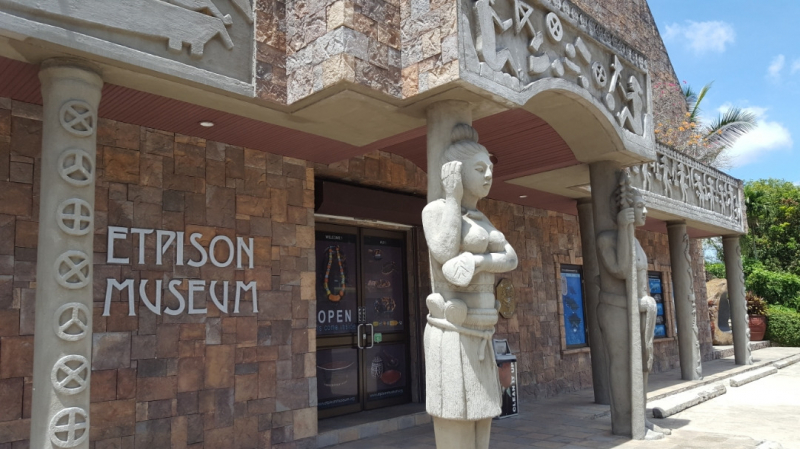
Source:: ameblo.jp 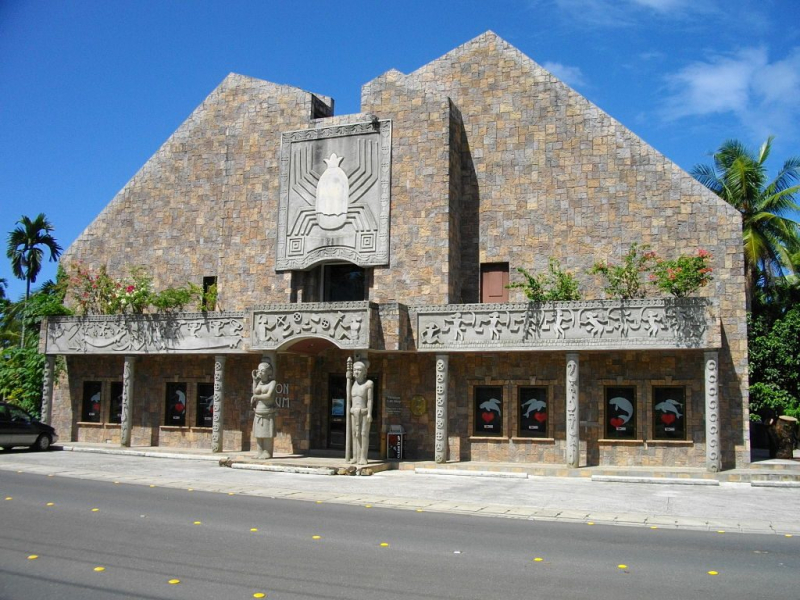
Source:: thetravellingpinoys.com -
The Belau National Museum (BNM) is a semi-autonomous non-profit organization. It is Micronesia's oldest museum, having been founded in 1955. The museum moved from a modest Japanese-era structure near the police station to the first floor of the former Japanese Administration Weather Bureau in 1955. In 2005, it moved to a new permanent location.
The Belau National Museum (BNM) is a vibrant organization dedicated to the preservation and promotion of national heritage, as well as the exhibition of natural, cultural, social, and historical assets and the development of arts at all levels. The Belau National Museum is a learning institution dedicated to collecting, preserving, and displaying scientific, cultural, historical, and artistic artifacts.
The Museum's mission is to collect, identify, document, conserve, interpret, and show specimens, artifacts, and other Palauan cultural property in order to preserve and protect the nation's cultural history. BNM's goal is to increase marketing, effective research, recording, collecting and presentation of artifacts, natural history, and the development of events aimed at inspiring interest in culture and the arts in order to fulfill its mission.
Location: Koror, Palau
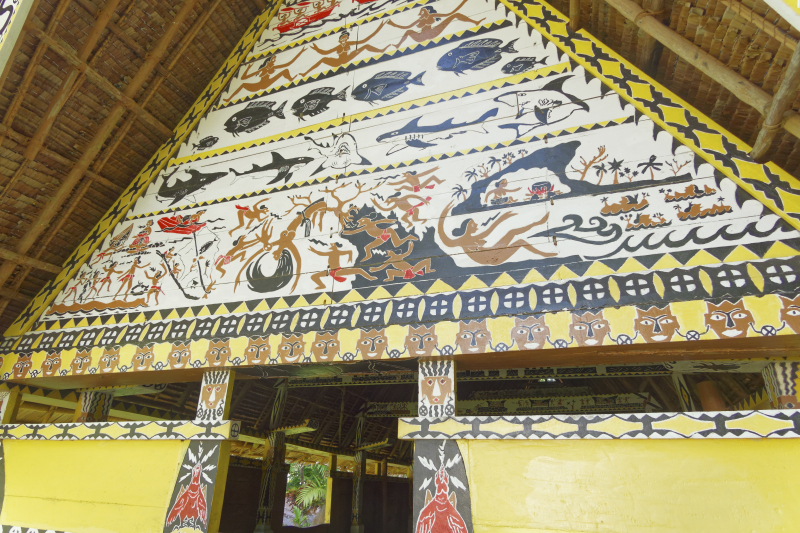
Source: Lonely Planet 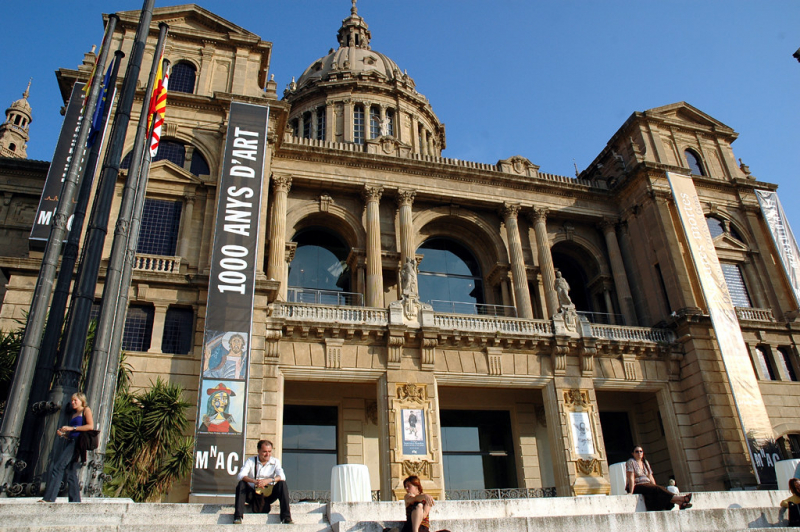
Source: Flickr -
The Palau National Congress (Olbiil era Kelulau) is a bicameral legislature made up of the House of Delegates and the Senate of Palau, both of which are located in Ngerulmud, Melekeok State. The House of Delegates is made up of 16 members who serve four-year terms in single-seat districts. The Senate is made up of 13 members who serve four-year terms in multi-seat districts. Only non-partisans were elected in the most recent elections, conducted in 2020; no political parties exist.
In Palauan, the assembly is known as Olbiil Era Kelulau ("OEK"), which means "House of Whispered Decisions." There were 18 senators when it was created. In 1984, the number was changed to 14. In the year 2000, the number of senators was severely cut to nine. It was raised to 13 in 2008, then it was raised again in 2009. Hokkons Baules was the Senate President in 2018, and Sabino Anastacio was the Speaker. The Senate and House of Delegates make up the legislative branch of the Olbiil Era Kelulau (Palau National Congress). Legislators are elected for four-year terms.
The Supreme Court, the Court of Common Pleas, and the Land Court make up the judicial system. The Chief Justice rules over the Supreme Court, which contains trial and appellate divisions. The President appoints judges to life terms with the agreement of Palau's National Congress.
Location: Melekeok, Palau
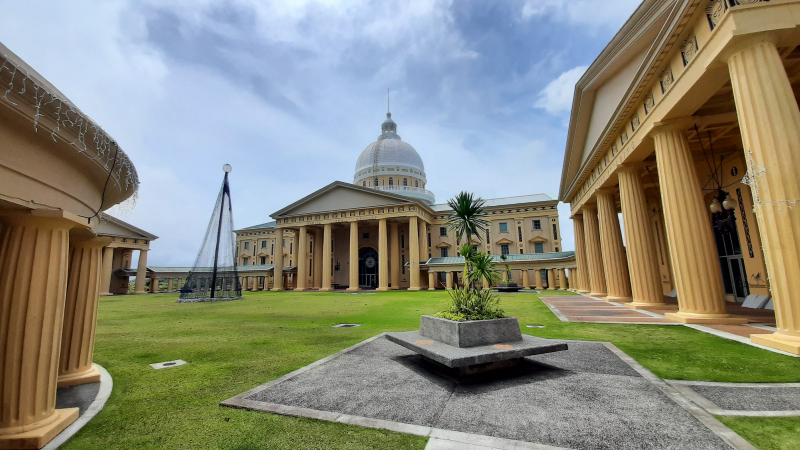
Source: travelblog.org 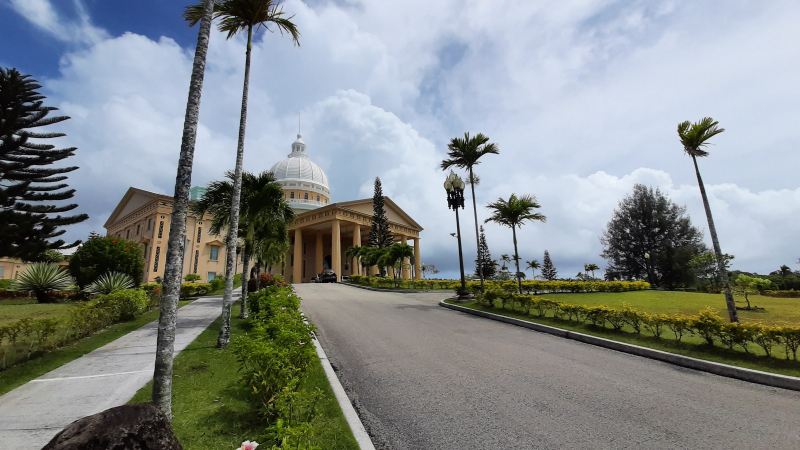
Source: travelblog.org -
The Southern Lagoon of the Rock Islands is made up of a smattering of big and tiny forested limestone islands strewn inside a marine lagoon protected by a barrier reef. In the western Pacific Ocean, the property is located within Koror State, just to the south of Palau's major volcanic island, Babeldaob.
The Rock Islands Southern Lagoon spans 100,200 acres and is home to 445 deserted volcanic limestone islands. In turquoise lagoons bordered by coral reefs, many of them have unusual mushroom-like formations. The site's physical attractiveness is enhanced by a sophisticated reef system that includes over 385 coral species and various types of habitat. They support a diverse range of flora, birds, and marine life, including the dugong and at least thirteen shark species.
The place has the world's highest concentration of marine lakes, which are small bodies of seawater separated from the ocean by land. They are one of the islands' most distinguishing characteristics, sustaining high endemism in populations that continue to provide new species discoveries. Over three millennia, the ruins of stonework towns, as well as burial sites and rock art, bore witness to the organization of small island communities.
Location: Koror, Palau
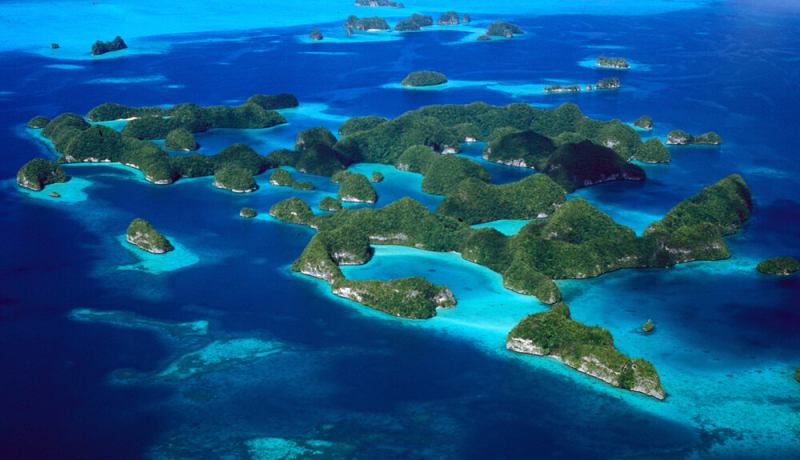
Source: UNESCO 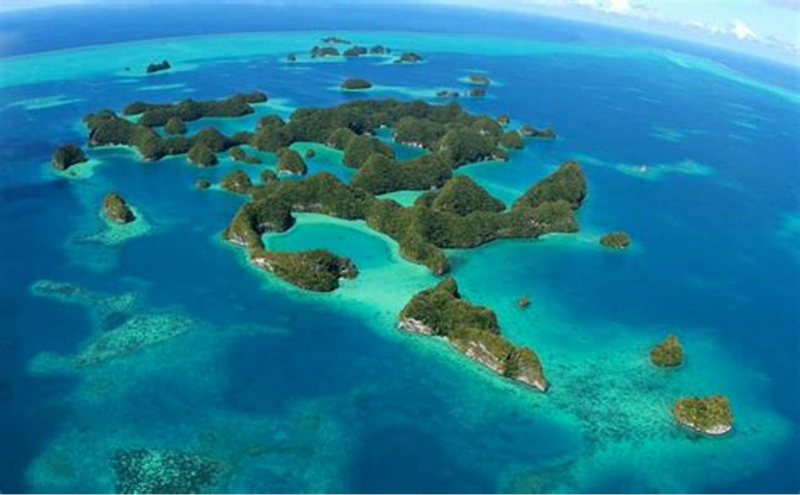
Source: Pinterest




























